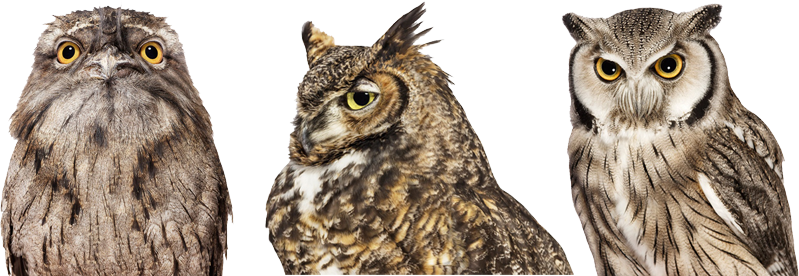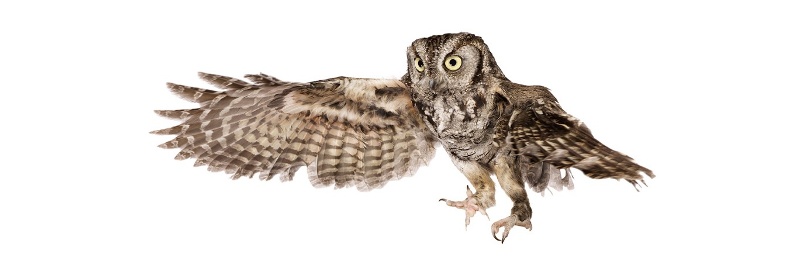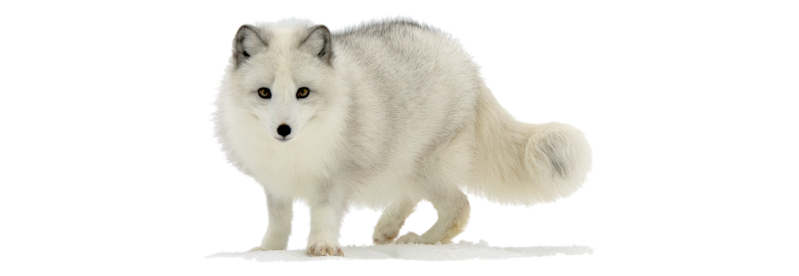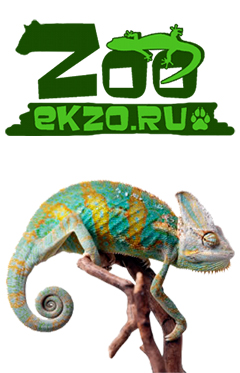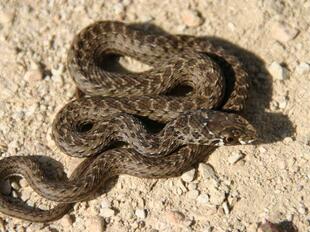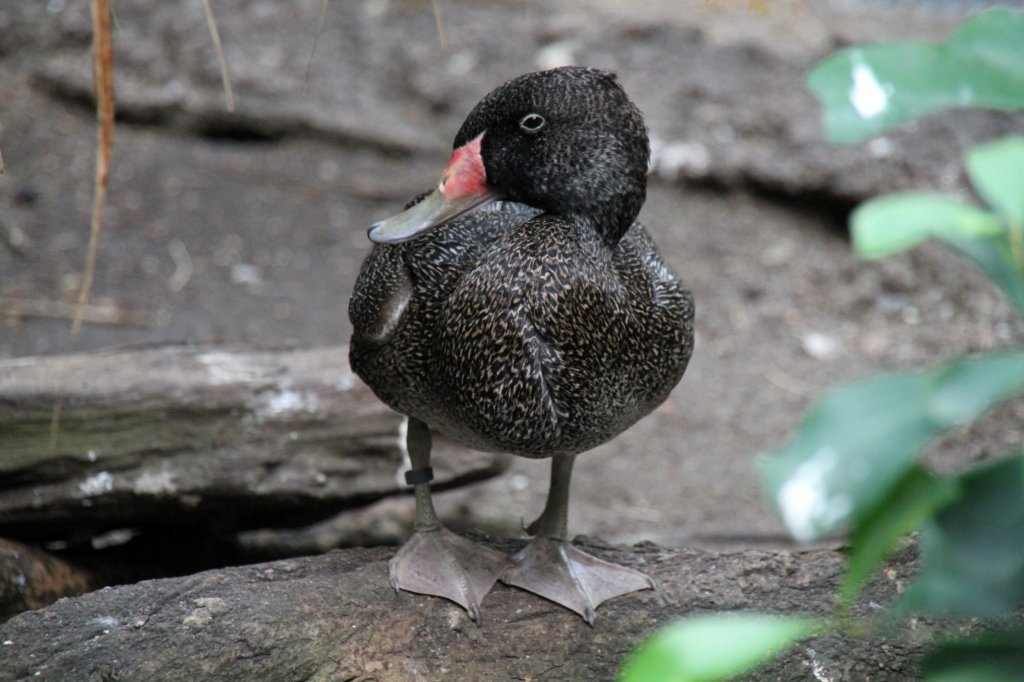
Freckled duck(Stictonetta naevosa)
Phylum —chordata
Class — aves
Order — anseriformes
Family — anatidae
Genus –stictonetta
Appearance
The freckled duck has a distinctive appearance. It is characterized, in adults, by dark grey to black plumage covered with small white flecks, which gives the duck the 'freckled' look. The feet, legs and bill of both sexes is of a slate grey color. Hatchlings and juveniles are distinguished by a uniform light grey plumage, which they lose around their 32nd week when they undergo a full body moult to assume the adult plumage.
The adult freckled displays a few sexual dimorphisms, the first being size. On average, males are the larger sex, with average weight between 700 - 1200g. Females have an only slightly lower range between 600 – 1200g. Both sexes have a length of 50 – 60 cm. During the breeding season particularly, the males are characterized by the base of their culmen, which takes on various shades of red. Those in prime reproductive condition take on a deep red coloring, while other males may only develop lighter shades of red, or in some instances, no coloring at all. Deep red coloring of the culmen is also associated with dominance, and those with the deepest red are those likely to breed with the females of the group.
Habitat
Endemic to Australia, the freckled duck is mainly situated throughout inland regions of the Eastern section of the country—including New South Wales, Victoria and Queensland. This species also has known populations in South Australia and Western Australia. Due to habitat requirements, distribution of the freckled duck directly correlates to water flow and rainfall in river catchments and wetland systems.
Behavior
A highly gregarious species, the freckled duck is known to have flock sizes ranging from 10 to 100 individuals, especially outside of breeding season. During breeding season, these flocks often break up into smaller sub-units, scattered throughout wetland and swamp systems.
Despite these large flock sizes, this species is lacking in demonstrative displays towards one another, with only cryptic gestures and few interactions towards fellow flock mates. The rare interaction that is observed within this species is usually of a quarrelsome nature.
Diet
Freckled ducks feed at dawn and dusk and at night on algae, seeds and vegetative parts of aquatic grasses and sedges and small invertebrates.
Reproduction
The breeding season of the freckled duck is basically regular, with a generic breeding season between September and December. However, it retains the ability to breed out of season. Breeding out of season highly correlates with periods of heavy rainfall and flooding.
The freckled duck is a polygamous species that undertakes short term, seasonal monogamous pairings in the wild. In this short term pairing, the male defends the receptive female during the pre-egg laying stage of the breeding season. During this time, the male also helps construct and defend the nest site—but leaves before the female lays her clutch, and plays no further role in rearing or defending his offspring.
Both male and female freckled ducks reach sexual maturity at around 12 months of ages when the first breeding occurrence can commence. The freckled duck has been known to continue breeding annually throughout their life, with records suggesting successful breeding in birds in excess to 10 years of age.
The freckled duck has a standard incubation period of between 26 and 28 days, though some sources have recorded incubation periods of up to 35 days. The female is solely responsible for egg incubation and only leaves the eggs for short periods to feed.
The average clutch is seven eggs, but can range between four and 14 eggs. Clutches of up to 14 eggs can occur naturally, though this occurrence mainly appears to be the result of females 'dumping' additional eggs into another female's nest. This occurrence is common within freckled duck populations as it enables the offending females to pass on their genetic material while not expending energy to raise their hatchlings.
Freckled duck hatchlings are precocial, meaning they hatch fully functional and able to feed themselves. Despite this, they still need their mother for the best chance of survival. Apart from protection, the hatchlings need the mother to teach them important social cues and behaviors.
The ducklings fledge late compared with other waterfowl species, at nine weeks, when they no longer need their mother's protection. At this point, the mother and fledglings are likely to re-join a larger flock.
Incaptivity
Lifespan in managed care - at least 18 years.
Historically, the freckled duck has been kept with limited success in captivity and ironing out the issues with captive life is still an ongoing issue. Issues with stress, breeding and mortality rates of chicks are amongst the biggest issues with keeping these ducks in captive environments.
The freckled duck is a highly compatible species, with various establishments holding this species in groups of various sizes, sex ratios and species with no interspecific or intraspecific aggression. However, there has been limited success with breeding programs when housed in mixed exhibits.
Behavioral considerations are another consideration to take into account when holding a captive population of freckled ducks. The most important of these considerations is the possibility of imprinting on a subject other than the mother. Imprinting is an instinctual phenomenon that occurs early on in life whereby the juvenile establishes a long lasting behavioral response to the parent (or another animal, person or thing that is present during the crucial imprinting period). Imprinting on human keepers is a serious consideration, as hatchlings require the mother to learn important behavior traits—including vocalizations, feeding, and other important attributes.
 Russian
Russian
 English
English








